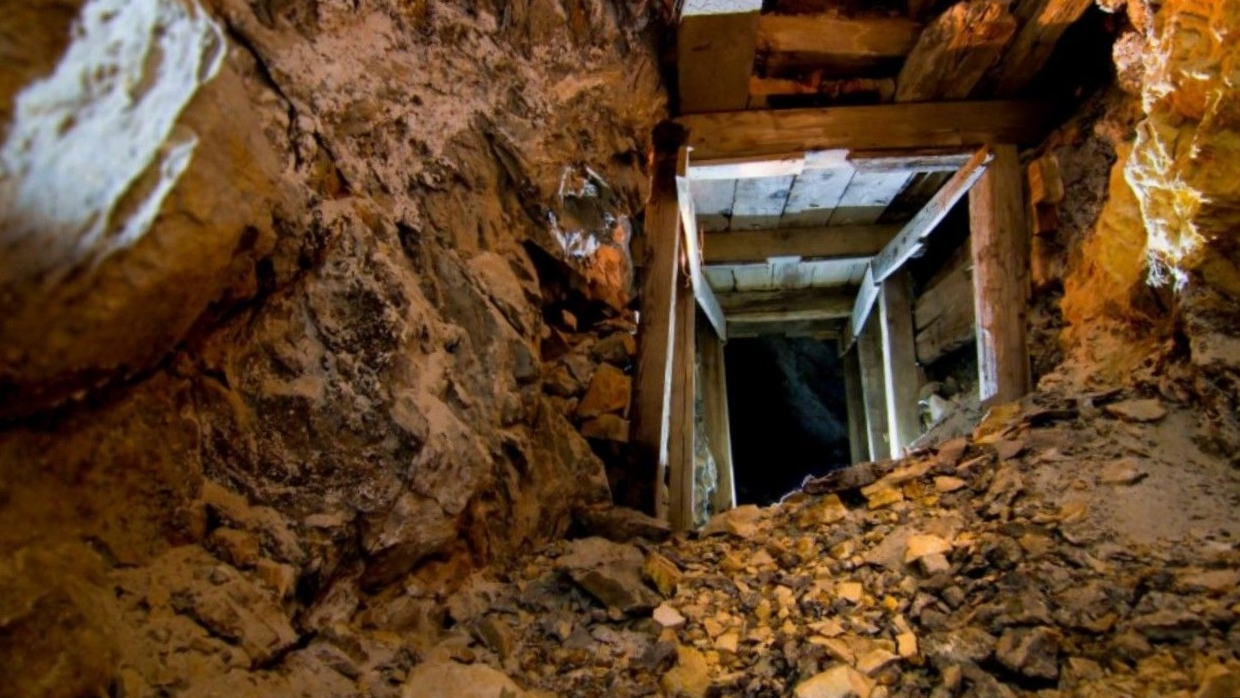M-U-S-A | U-npacking
U stands for U-npack/U-tilize*.
Remember all that information we M-ine as we M-onitor the flow of action to pick our next dig site?
Need to catch up? Here you go.
You dig??? Right where we left off…
Let’s call that the M- Cypher.
We don’t do a lot of slowing down to weigh, test, cut, or polish any gems we come across during the M- Cypher.
Often, when researching something completely new, we don’t know enough about the process to discern on the fly. Even with a basic knowledge, M-ining excursions are purpose-driven cram sessions.
People don’t always make the best decisions when hurrying thru large amounts of information.
So, if it looks solid, we pack it up and throw it in the bag. In the interest of time and caution.
Now comes the fun part!
Think of U-npacking as sifting thru raw form gems and precious metals.
If we got the M- Cypher right, we are likely sitting on piles of valuable information.
Just as miners sift through their excavated material to find precious metals, we sort through the information we’ve gathered to find insights and valuable data points.
This may involve analyzing trends, identifying patterns, or drawing connections between seemingly unrelated pieces of information.
The first step in this process is to sort through the information and identify what is relevant. We need to sort through the information we’ve gathered to identify the key points and themes.
Once we’ve sorted the information, the next step is to analyze and interpret it. This is where we begin to refine the information to extract its value.
Just as miners use a variety of techniques to extract the valuable elements from raw materials, we use various analytical techniques to refine the information we’ve gathered. This may involve statistical analysis, qualitative data analysis, or other methods of data analysis.
As we refine the information, we start to identify patterns and connections between the data points. This allows us to draw meaningful conclusions and insights from the information.
Our goal is to use (there is a big difference between usage and utilization) what we gathered to build a working outline of the process we are M-onitoring.
The following 5 questions should help to keep the primary goal in focus:
What is the fundamental purpose of the process?
What components are critical to the process?
How does each critical component work individually?
What information is value-added?
What are the key performance indicators?
Anything that doesn’t quite fit, don’t trip.
Terrible grammatically, but…
If you fly with me…
Remember. Keep it MECE!
This topic really needs a bit of interaction to solidify the exchange of information.
Be on the lookout for a group training/Q&A session in our Telegram community!




